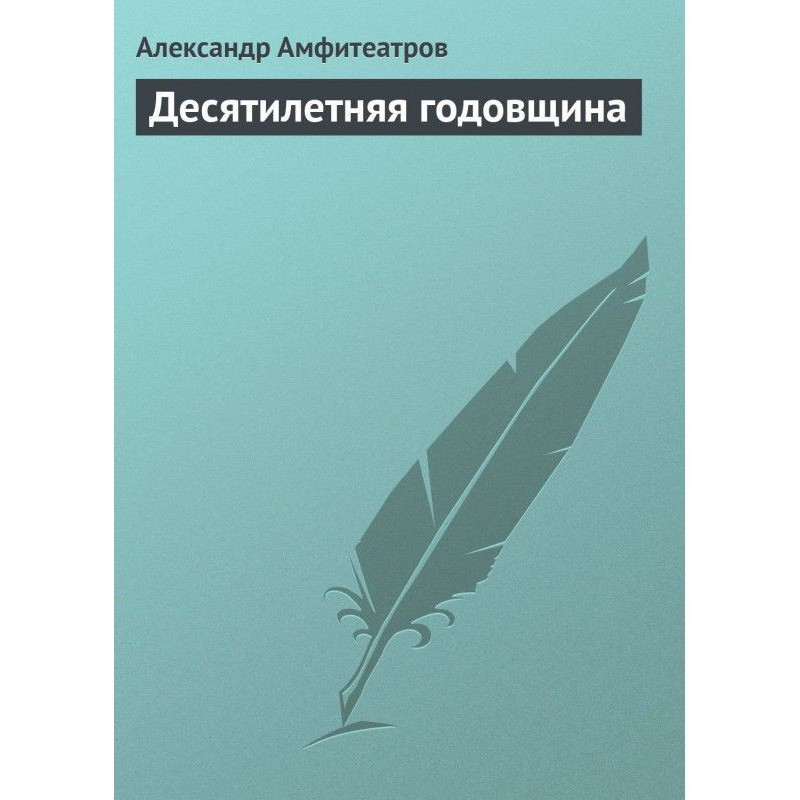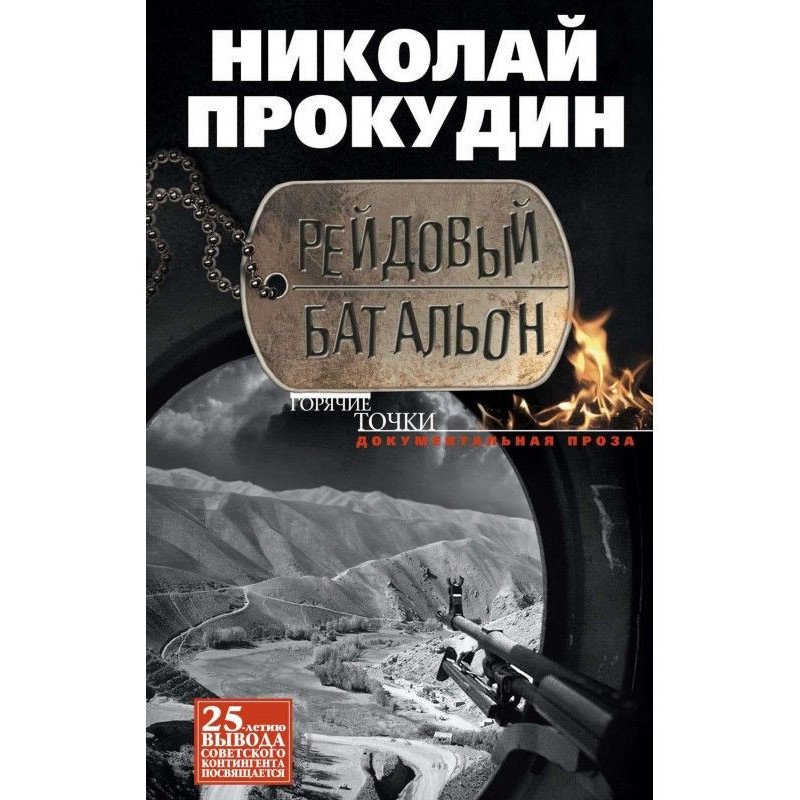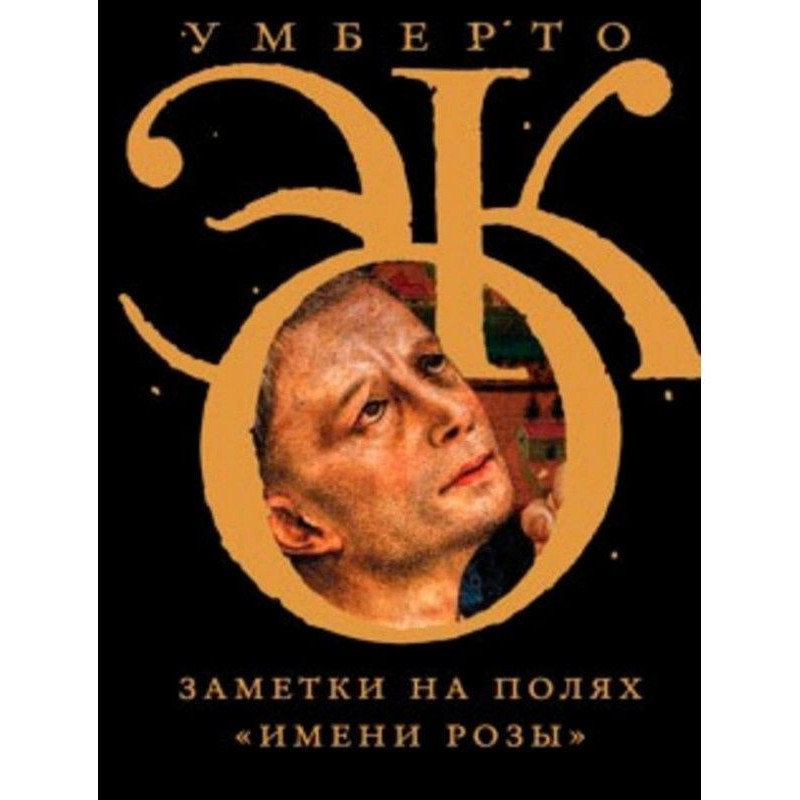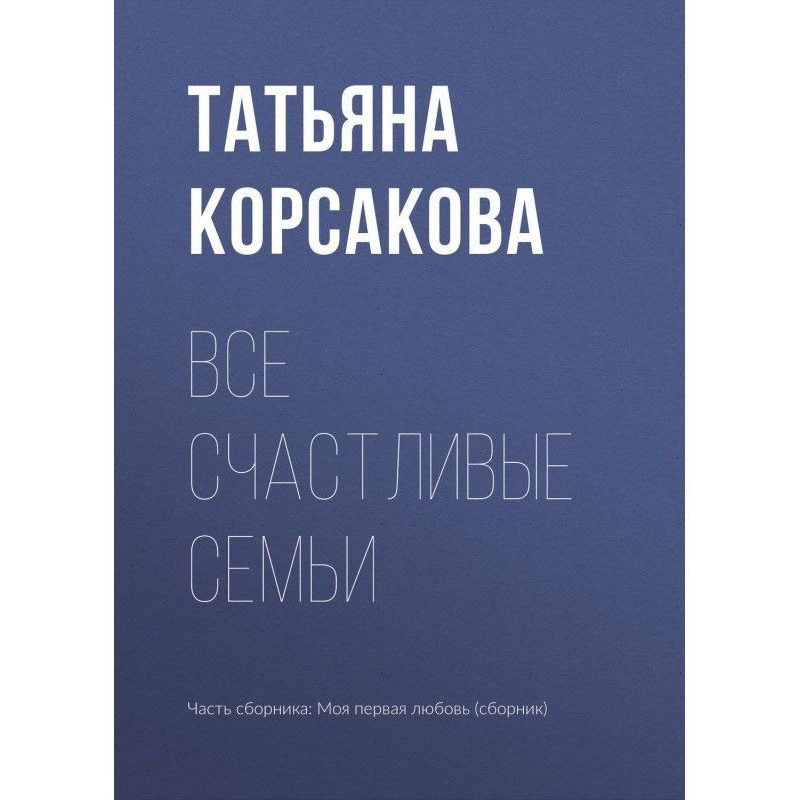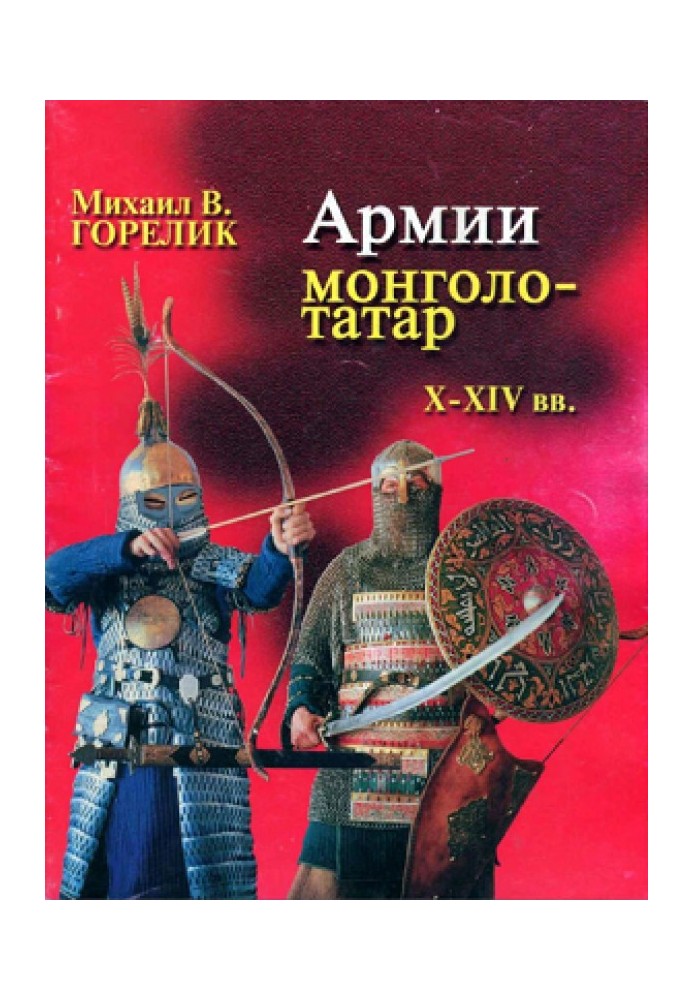Armies of the Mongol-Tatars of the X-XIV centuries. Martial art, equipment, weapons
 Instant download
Instant download
after payment (24/7)
 Wide range of formats
Wide range of formats
(for all gadgets)
 Full book
Full book
(including for Apple and Android)
The grandiose and rapid Mongol conquests, which in one way or another affected almost most of the countries of Asia, as well as Europe and even northern Africa, have long remained in the memory of mankind. Mongol-Tatar rule dramatically changed the course of the history of the Russian state and its neighbors and largely influenced the development of all aspects of their lives. It is not surprising that interest in the “Mongolian phenomenon”, as well as disputes about it, does not subside at all with the passage of time. Unfortunately, as a result of the resolution of the CPSU Central Committee in 1944, it was in our country that scientific work on the study of the history and culture of the empire Chingizids was curtailed, this culture itself was ordered to be considered insignificant, eclectic and parasitic, and therefore of no importance. Only the truly heroic efforts of an outstanding historical researcher and the cultures of the Golden Horde by G.A. Fedorov-Davydov kept the bar of studies in this area at a high, traditional level for domestic science. It was especially difficult for a specialist involved in military affairs, arming the imperial Mongols. The general disapproval of the Mongol-Tatar theme was combined here with the installation of a “struggle for peace.” The ideologists of the country, oversaturated with the most modern types of weapons, looked askance at the study of medieval swords, bows and helmets, unless these swords and helmets belonged to the army of pre-Mongol Rus' or Muscovy. Therefore, the author still hears surprised questions: “Are you really the only one dealing with Mongolian weapons? Can't be!". Maybe. For for a long time these studies promised nothing but interference and rejection from colleagues who were engaged in the “correct” topic. Same This also applies to individual specialists in other branches of culture and art of the Mongolian states. But in the end, the successes of archaeologists and orientalists, weapons experts and art historians, primarily in the USSR and the People's Republic of China, were able to comprehensively clarify the “Mongolian phenomenon,” which for a long time seemed like something mystical. The impressive achievements of the Genghisid Empire in applied arts and architecture, and the art of management and diplomacy were revealed, and most importantly - the deep and powerful tradition of military affairs in Central Asia, the development of which since ancient times had yielded such unexpected and stunning results. In recent years, truly epoch-making exhibitions have been held here and abroad and luxurious catalogs have been published, researching the results of sensational archaeological finds and no less sensational new understandings of old museum objects. collections. It is now clear that the Mongol khans, having conquered peoples by force of arms, then attracted the conquered, including the amazing beauty, luxury and charm of their ceremonial life. It is also clear that the military glory of the Mongolian medieval peoples did not begin with Genghis Khan, but almost three centuries earlier - with the Khitans and Tatars. As for this book, since it is popular, and its volume is limited, it was necessary, without reducing the scientific level, significantly simplify the material and reduce the amount of special information. Those interested can get acquainted with them in special scientific publications of the author - domestic and foreign; there they will find polemics with colleagues and the author’s argumentation. So - to the military camps of the steppe knights...
Data sheet
- Name of the Author
- Михаил Горелик Викторович
- Language
- Russian
Reviews
Вражаюче дослідження монголо-татарського військового мистецтва!
Книга "Армії монголо-татар X-XIV століть" є справжнім шедевром для всіх, хто цікавиться історією, військовою справою та культурою. Автор, Г.А. Федоров-Давидов, майстерно розкриває таємниці військового мистецтва монголо-татар, детально описуючи їх спорядження, зброю та стратегії, які дозволили цим народам завоювати величезні території. Читаючи цю книгу, я відчував себе зануреним у епоху великих завоювань, де кожна деталь, від мечів до тактики бою, має своє значення. Автор не лише надає факти, але й аналізує їх, показуючи, як монголо-татарське панування вплинуло на розвиток сусідніх країн. Це видання стане незамінним джерелом для істориків, студентів та всіх, хто прагне зрозуміти, як військова культура формувала історію. Рекомендую всім, хто хоче глибше зануритися в цю захоплюючу тему!


